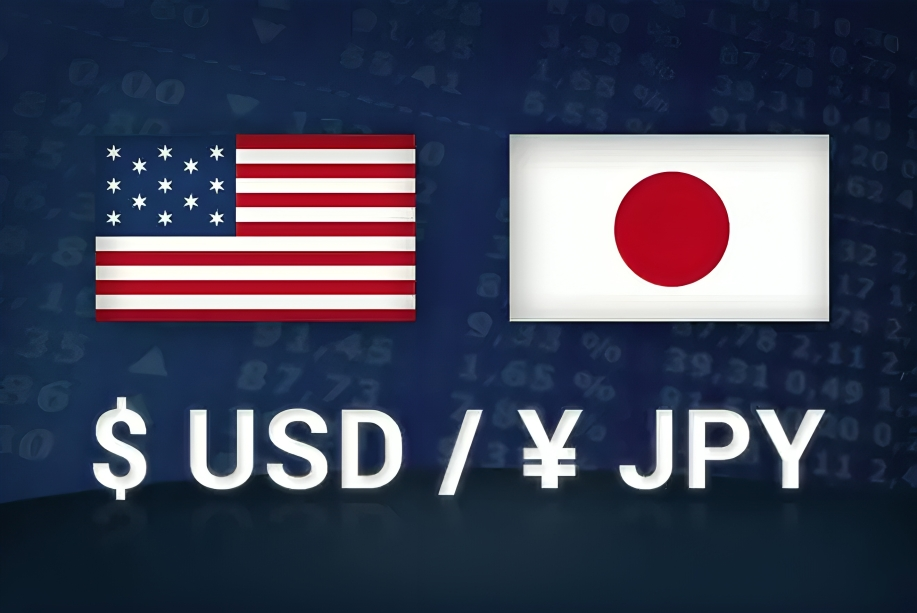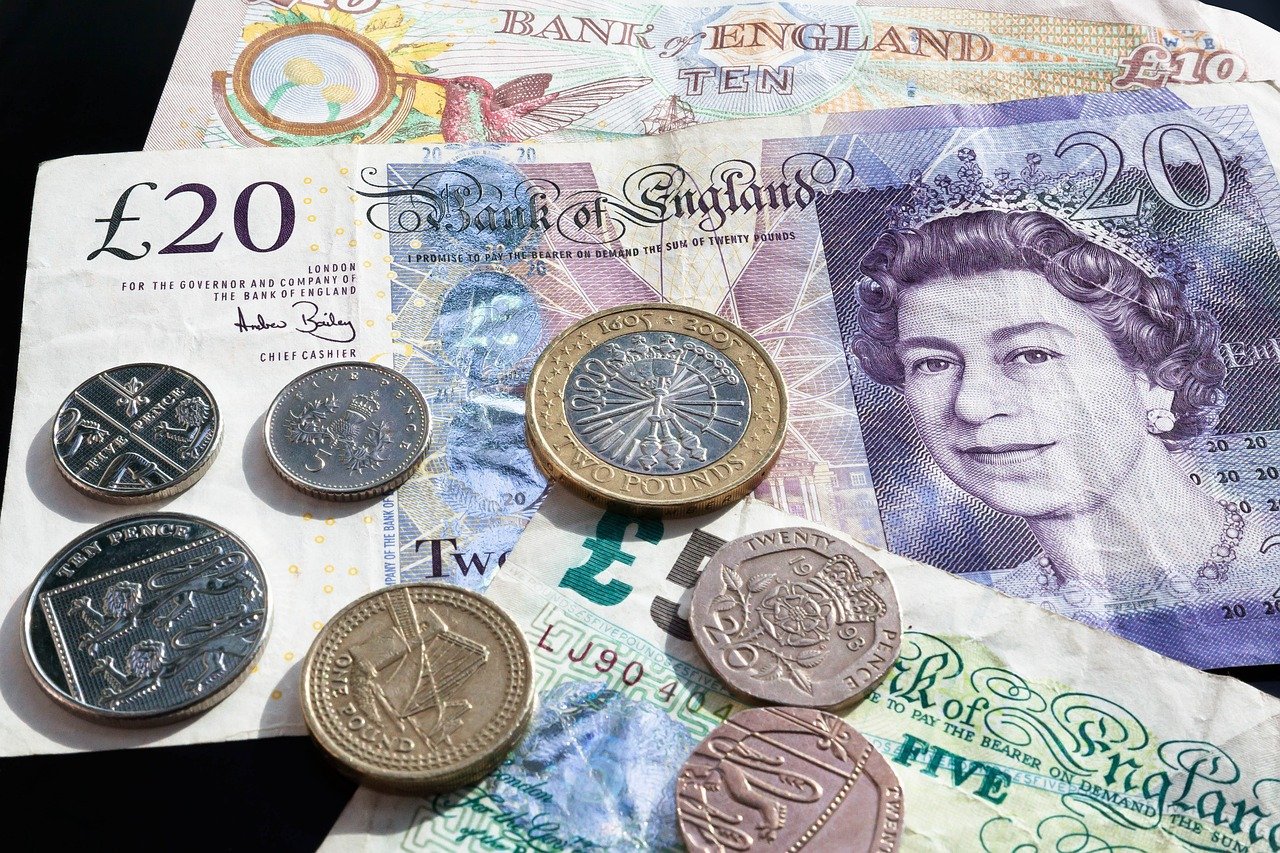EUR/USD Under Increasing Tension Ahead of Parity
EUR/USD has remained under intense sell pressure in the recent past as some market experts predict it is likely to slide to parity shortly. The chief reason behind such a probable plunge is the fact that the difference between the policy of the Fed and that of the ECB keeps widening. And despite the Fed set to cut the interest rates, and ECB pursuing its policy easings cycle during 2025, the U.S. Dollar market sentiment changed, and further on with the Euro becoming under pressure so that EUR/USD traded with its lowest records in more than two years time.
### Euro Divergent Paths of Central Banks
The future of the EUR/USD pair is being largely shaped by the contrasting views held by the Federal Reserve and the European Central Bank. As of now, the Fed’s outlook is more hawkish, with expectations that the US central bank will cut rates only twice in 2025. In contrast, the ECB is expected to continue its rate cuts at a steady pace, exacerbating the gap between the two major economies’ policy stances.
Fed’s Less Aggressive Rate Cuts
The last update of the Fed’s Summary of Economic Projections indicates that the policymakers of the central bank expect the Federal Funds rate to decline to 3.9% by the end of this year. This means that the central bank expects just two interest rate cuts in 2025, as opposed to the four cuts anticipated in September.
The central bank has, however, demonstrated flexibility, and some investors are adjusting their expectations. The market has trimmed its earlier dovish predictions for the Fed’s actions, particularly with the potential impact of President-elect Donald Trump’s policies, such as tighter immigration measures, higher tariffs on imports, and tax cuts. These initiatives could help fuel both growth and inflationary pressures within the US economy, potentially influencing the Fed’s actions moving forward.
ECB’s Continued Cycle of Policy Ease
On the European side, policymakers are expected to continue their course of policy eases, this has been exerting pressure that has been hammering the Euro. The top officials at ECB have stated their interest rate reductions will continue even as market speculators factor four 25-point basis rate reduction during the whole year. This dovish posture from the ECB is in marked contrast to those of the central bank in the United States and contributes to this increasing gap in monetary stances between the two economies.
Yannis Stournaras, a member of the ECB Governing Council and Governor of the Bank of Greece, recently stated in an interview that the ECB’s base interest rates should decline to around 2% by autumn 2025. This further supports the view that the ECB will cut its Deposit Facility rate in each of its upcoming four policy meetings, adding downward pressure on the Euro and increasing the likelihood that EUR/USD will approach parity.
The US Dollar’s Strength
US Dollar Index or DXY, measuring the strength of the US dollar against a basket of six major currencies, is near a two-year high. DXY eased a bit to the session in the last trading day of the week but is well above the 109.00 mark, signaling high demand for the US dollar after Fed’s policy stance. US dollar strength continued to be a pressure point for the bears of the EUR/USD currency pair.
Economic Data and Market Sentiment
In the coming weeks, the economic data coming out of both sides of the Atlantic will continue to be followed closely as this may influence the expectations around future policy moves from the Fed and ECB. Of course, labor market-related indicators in the US will be critical in forming sentiment around the US central bank’s interest rate expectations. The US ISM Manufacturing Purchasing Managers Index (PMI) data for December is expected to stay at 48.4, meaning that the manufacturing sector is still in contraction. Any significant deviation from this expectation would influence investors’ expectations about future interest rate cuts or hikes from the Fed.
On the other hand, Germany’s HICP in December – which will be published soon- is also likely to attract attention, with inflation data playing a large role in ECB’s decisions, as the central bank wants to make sure that inflation of the Eurozone remains below the target level of 2% persistently.
EUR/USD Under Pressure: Technical Perspective
The technical view for EUR/USD is very bearish. The currency pair has been in a steady downtrend since it broke below the two-year low of 1.0330 on Thursday. The 20-week Exponential Moving Average (EMA) has been trending lower, and this has further strengthened the overall bearish trend in the market.
RSI and Momentum Indicators
EUR/USD is oversold according to the Relative Strength Index (RSI), a key momentum indicator, and has dropped below the 30.00 level, indicating it may have more downside risks ahead. However, despite this significant downward momentum, there might be a slight rebound as the momentum oscillator shows that the pair is in an oversold condition.
While the RSI signals that EUR/USD is vulnerable to further losses, there is always a possibility of a temporary bounce. This would depend on short-term market dynamics, such as positive surprises in upcoming economic data, or shifts in investor sentiment towards the Euro or US dollar.
Key Support and Resistance Levels
On the downside, the next significant support level for EUR/USD is near the psychological round number of 1.0100. This level will be critical in determining whether the currency pair continues its decline toward parity. If the Euro cannot hold above 1.0100, then the next major downside target may be parity itself, which will be an even deeper low for EUR/USD.
On the other hand, the near-term resistance for EUR/USD stands at the weekly high set on 1.0458. A push above this mark might be taken as a sign of a short-term bounce but still would remain in the control of the general bearish direction of the Euro.
EUR/USD Pair Outlook
The bigger picture for EUR/USD remains soft because the policy divergence between the Federal Reserve and the European Central Bank continues to weigh on the Euro. In the US, Federal Reserve expects only two cuts in 2025, while the ECB has more aggressive easing plans; thus, there is an increasing interest rate differential between US and the Eurozone. This trend will continue to keep the Euro on a downtrend with respect to the US dollar, and parity between EUR/USD may well become a reality.
Conclusion
The outlook for the EUR/USD currency pair is primarily bearish, considering it continues to fight with two strong opposing forces in the form of a hawkish Federal Reserve and a dovish European Central Bank. The next major support level to watch is 1.0100, and if this is breached, parity could become a real possibility. Conversely, any shifts in economic data or market sentiment could provide temporary relief, but the broader trend suggests that the Euro will continue to face challenges in the face of diverging central bank policies.
With key economic data due to be released in the coming weeks, including the US ISM Manufacturing PMI and the German HICP, market participants will be closely monitoring these indicators to gauge the likelihood of further moves by both central banks. The outcome of these data releases, along with continued policy divergence, will ultimately determine the trajectory of EUR/USD in the coming months. For now, the pair is under pressure, with parity appearing to be an increasingly plausible destination.







